1) Reverse the UPS to understand how battery were wired internally
2) make a nice terminal to connect the new battery externaly (that UPS was made to have internal smaller battery)
3) make a dry floor for the battery
4) wire the battery together and to the UPS
5) fire up the system and pray that nothing catch fire
6) add a bit of monitoring (smoke detector, flood detector, get the state of the battery from the UPS
7) connect it to the house electric network
 Nathann
Nathann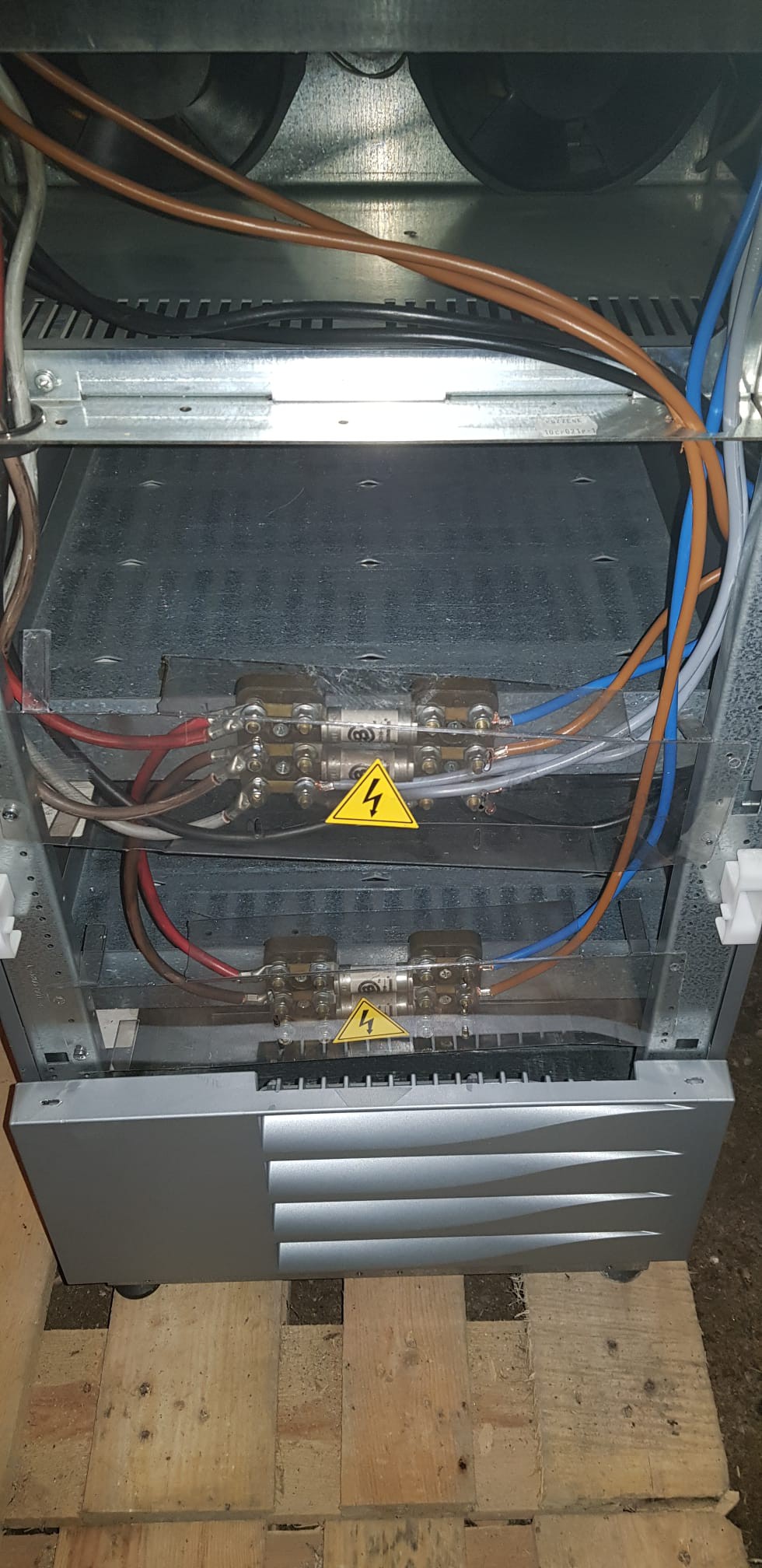


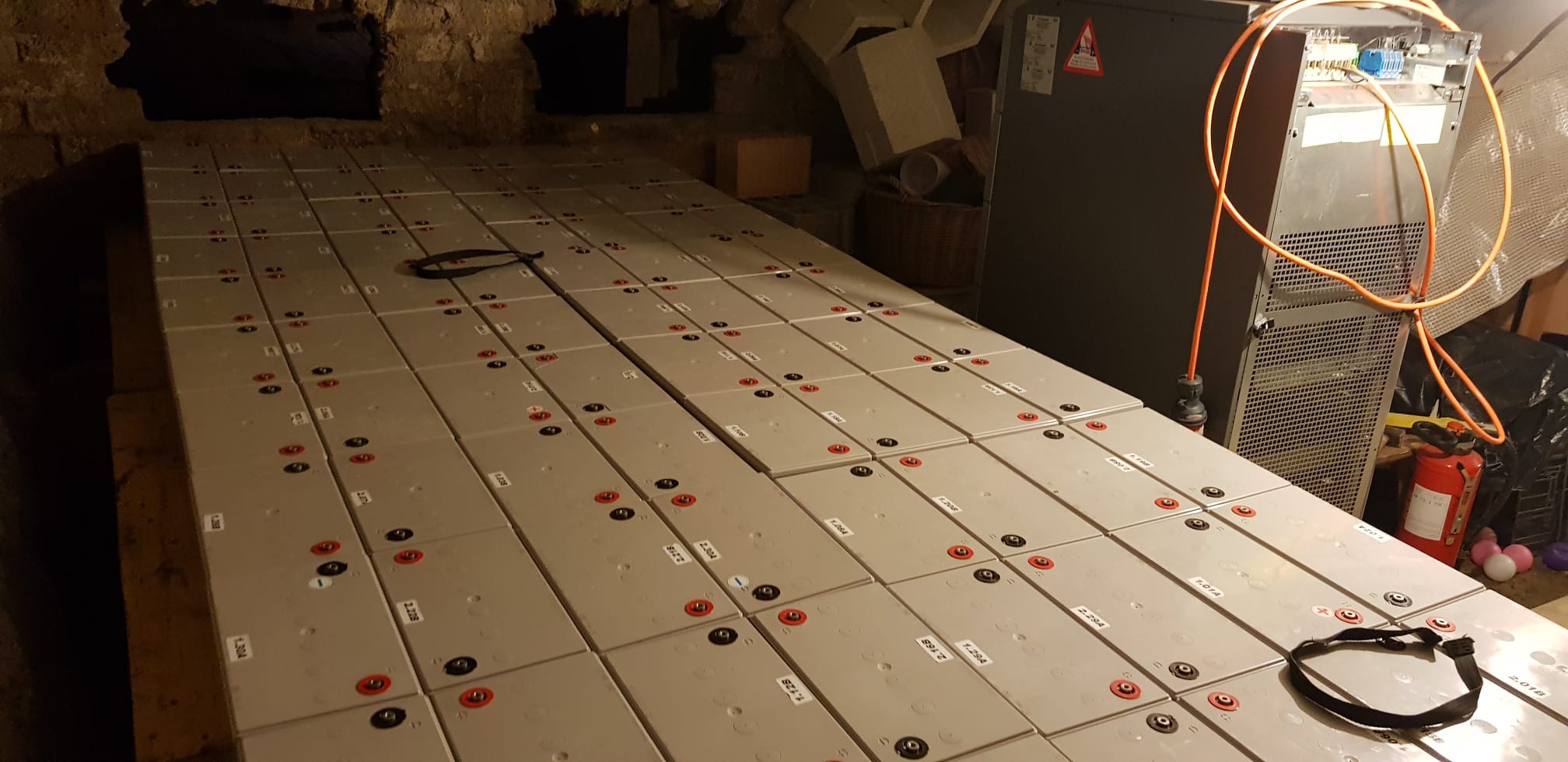


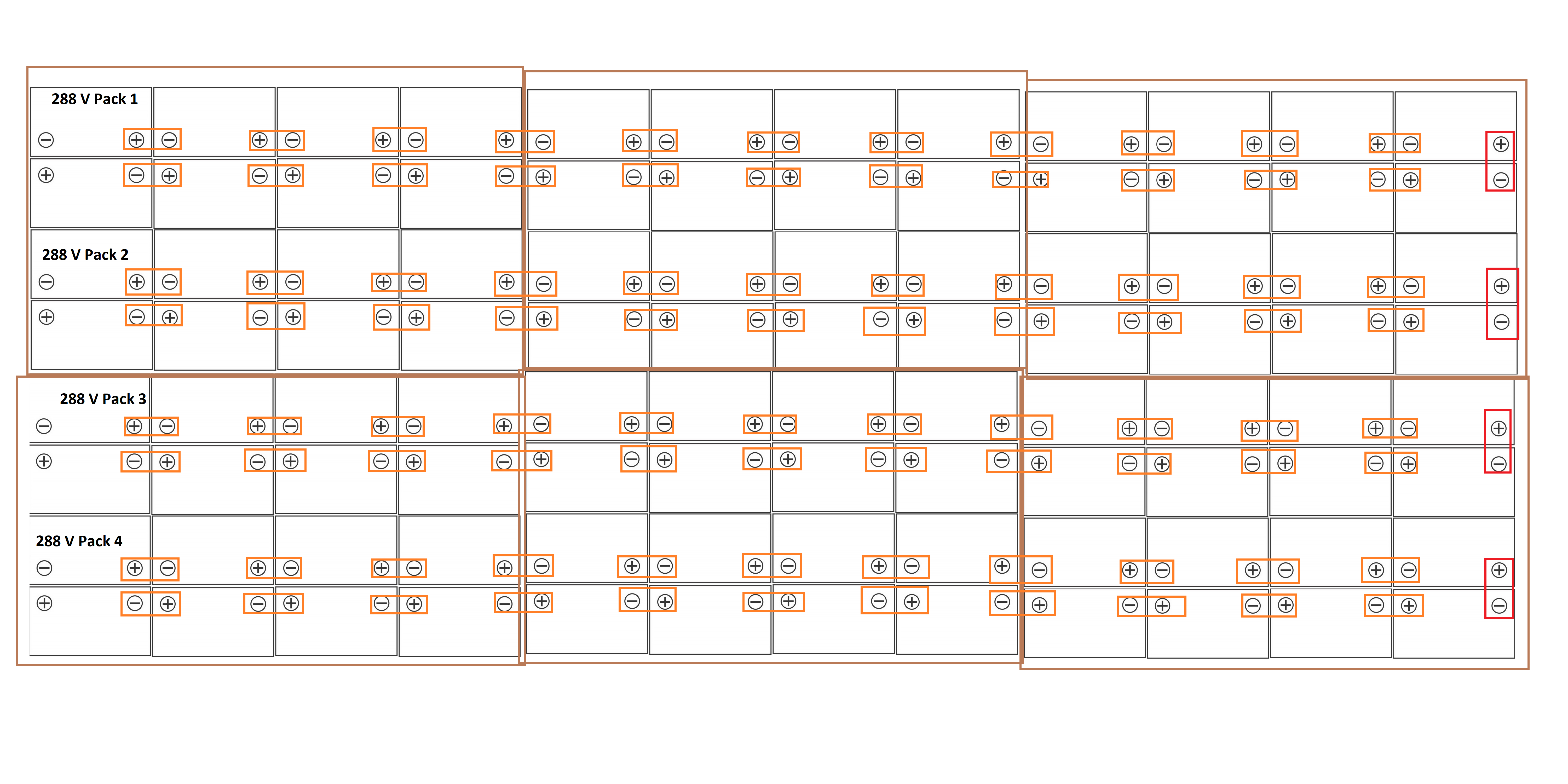
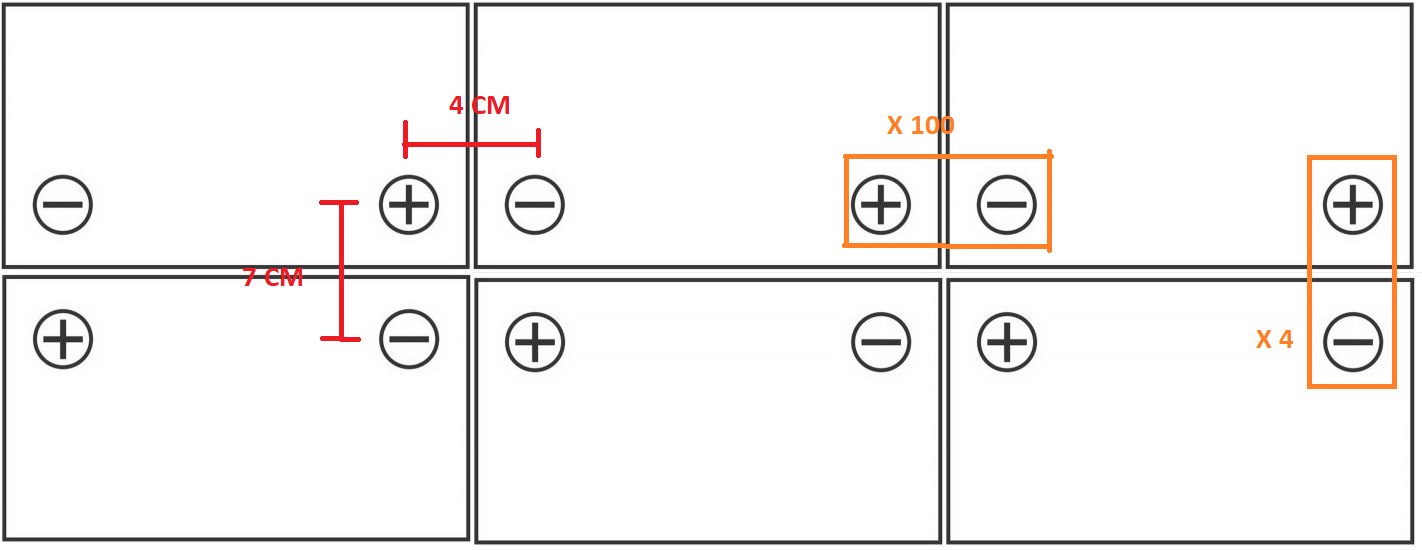


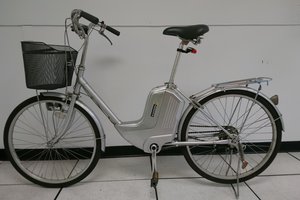
 Lucas Rangit MAGASWERAN
Lucas Rangit MAGASWERAN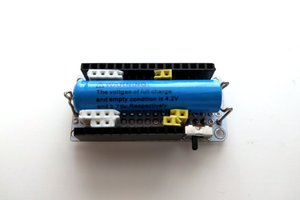
 deʃhipu
deʃhipu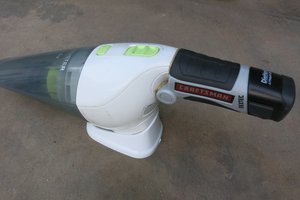
 Roger
Roger
 theogene
theogene
How would you charge this? Even 3phases couldn't handle is.